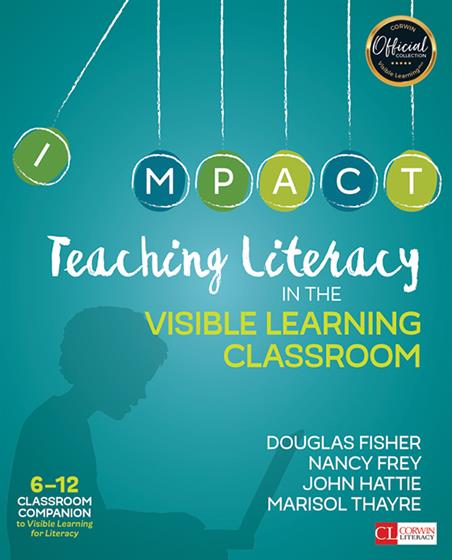Hands-on, Practical Guidance for Educators
From math,
literacy, science, equity, multilingual learners, and SEL, to assessment, school counseling,
and education leadership, our books are research-based and authored by experts
on topics most relevant to what educators are facing today.
Bestseller!
Teaching Literacy in the Visible Learning Classroom, Grades 6-12
First Edition
Corwin Official VLP Collection badge
High-impact strategies to use for all you teach—all in one place. Deliver sustained, comprehensive literacy experiences to 6-12 students each day.
Product Details
- Grade Level: 6-12
- ISBN: 9781506332376
- Published By: Corwin
- Series: Corwin Literacy
- Year: 2017
- Page Count: 232
- Publication date: April 12, 2017
Review Copies
Review copies may be requested by individuals planning to purchase 10 or more copies for a team or considering a book for adoption in a higher ed course. Request review copy - opens in a new tab - opens in a new tab





